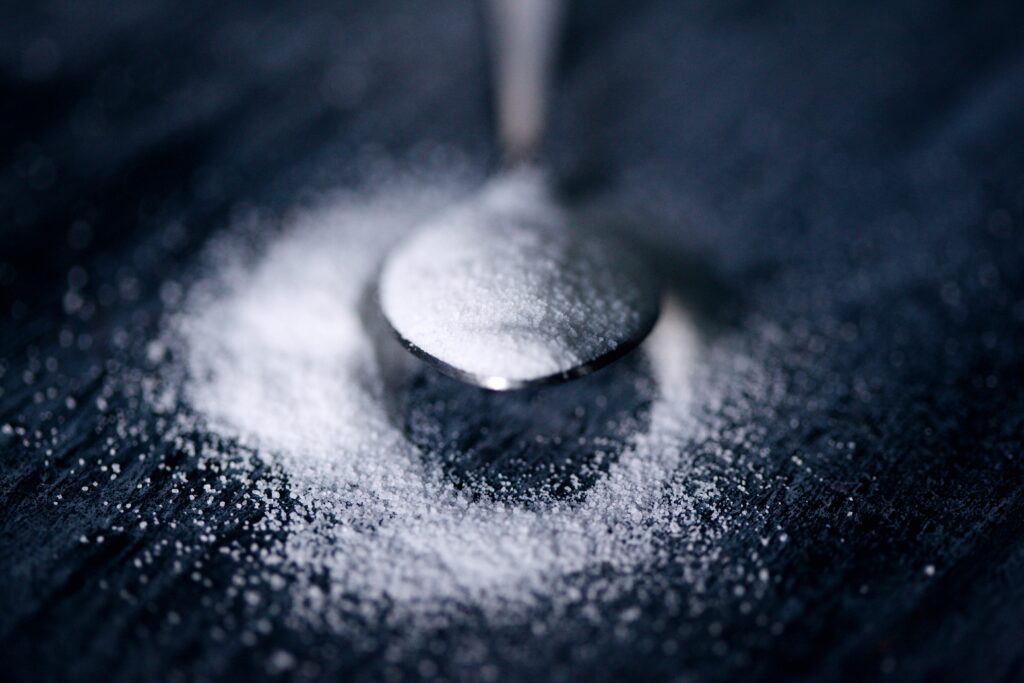C12H22O11, commonly known as sucrose or table sugar, is a covalent compound. In this answer, we will discuss the reasons behind this classification and provide a brief overview of ionic and covalent compounds.

Ionic and covalent compounds are two of the most common types of chemical compounds. The key difference between them is the nature of the bonding between atoms in the compound. In an ionic compound, atoms of opposite charge (ions) are held together by strong electrostatic forces. In contrast, in a covalent compound, atoms share electrons to form a stable molecule.
Ionic compounds are typically formed between a metal and a nonmetal, while covalent compounds are typically formed between two nonmetals. This is because metals have a tendency to lose electrons and form cations, while nonmetals have a tendency to gain electrons and form anions. When a metal and a nonmetal combine, the metal loses electrons to form a cation, and the nonmetal gains electrons to form an anion. The resulting ions attract each other and form an ionic compound.
Covalent compounds, on the other hand, involve the sharing of electrons between two atoms. In a covalent bond, atoms share one or more electrons to form a stable molecule. Covalent bonds can be polar or nonpolar, depending on the electronegativity difference between the atoms involved.
Now let’s look at sucrose (C12H22O11) specifically. Sucrose is a type of organic compound known as a carbohydrate. It is composed of carbon, hydrogen, and oxygen atoms, which are all nonmetals. Therefore, it is unlikely that sucrose would form an ionic compound.
In sucrose, the carbon, hydrogen, and oxygen atoms are bonded together through covalent bonds. The carbon atoms form the backbone of the molecule, while the hydrogen and oxygen atoms are attached to the carbons through single or double covalent bonds. These covalent bonds are formed through the sharing of electrons between atoms, rather than the transfer of electrons as in ionic compounds.
Another way to determine whether a compound is ionic or covalent is to look at its physical properties. Ionic compounds typically have high melting and boiling points and are brittle solids at room temperature. This is because the strong electrostatic forces holding the ions together require a significant amount of energy to break. In contrast, covalent compounds have lower melting and boiling points and can exist as solids, liquids, or gases at room temperature, depending on the strength of the intermolecular forces between the molecules.
Sucrose is a solid at room temperature and has a melting point of 186 °C. This relatively low melting point is consistent with covalent compounds, which have weaker intermolecular forces than ionic compounds.
In conclusion, C12H22O11, or sucrose, is a covalent compound. Its molecular structure and the nature of the bonding between its atoms suggest that it does not form ionic bonds. Sucrose is composed of carbon, hydrogen, and oxygen atoms, which are all nonmetals. Its low melting point is also consistent with covalent compounds, which have weaker intermolecular forces than ionic compounds.